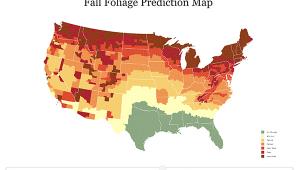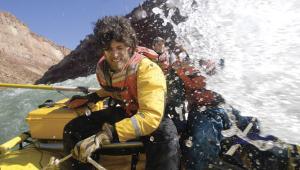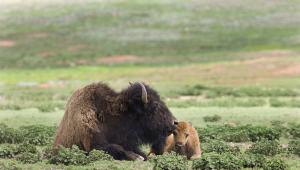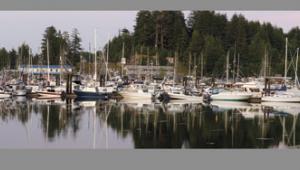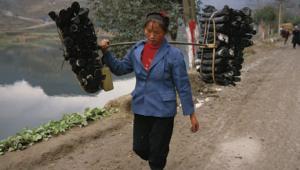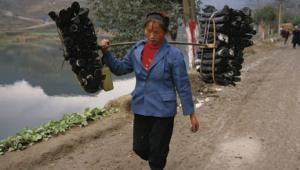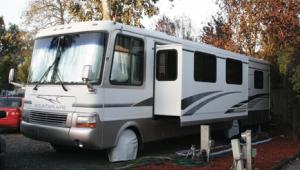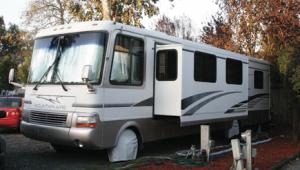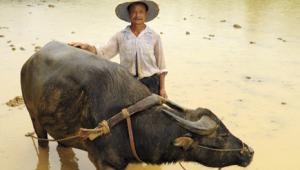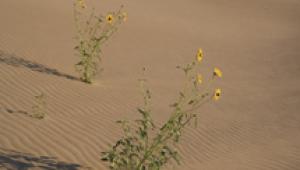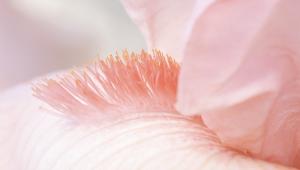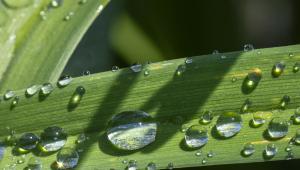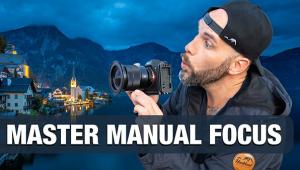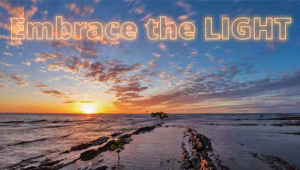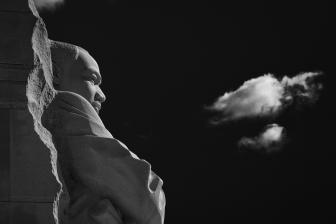Shooting From Canoes And Kayaks; Gear, Prep, And Image Ideas
It's not every day that your eyes are opened to a whole new world, but that happened to me in August of 2004. A friend suggested we take our sons on a canoe trip to the Boundary Waters Canoe Area Wilderness in northern Minnesota. Not one to miss an adventure, I quickly agreed and we made the arrangements. Although not a photography trip, I took my camera and tripod along and, on the third day of our outing, had the opportunity to paddle off on my own to photograph a rapids area we had passed earlier in the day. As I was photographing I started thinking about how exploring this area would not be possible without paddling to it, and then I started looking at all the surrounding areas that were only accessible with a canoe or kayak. Well, needless to say, I was hooked.
Island In Namakan Lake |
|
 |
|
|
My biggest concern when photographing from the water is keeping both the camera
equipment and myself dry. I use a Pelican watertight case for my equipment and
a bike chain to secure it to the canoe. Fortunately, I haven't yet capsized
with my gear on-board, so the reliability of this setup remains untested, but
from the research I've done, it should do the job. When I'm paddling
in familiar waters and am confident that rough water or other dangers are not
a threat, I keep my gear sealed in Zip Loc baggies inside my regular camera
bag sprayed with Scotchgard's Heavy Duty Water Repellent. I doubt this
would keep anything dry if actually submerged, but it does the job for keeping
rain out.
I use a Duluth Pack, a canvas pack made specifically for canoeing, rather than
a backpack for my non-camera supplies. The Duluth Pack is heavy canvas on the
outside with specially made heavy-duty plastic bags, intended for one-trip use,
on the inside. These bags have kept their contents dry without fail on my trips.
Flowage Into Winchell Lake |
|
 |
|
|
As for my person, I use a quality GORE-TEX shell coat that can go over whatever
I'm wearing. A coat like this is versatile and can be worn during warm
summer rains with just a T-shirt or during cold autumn rains with a sweatshirt
or two underneath. A light pair of waterproof pants that goes over whatever
I'm wearing is a necessity, and these nylon rain pants have helped keep
me dry in some pretty extreme conditions, such as the time I paddled six hours
in a heavy rain. If it weren't for taking my map in and out of my inside
coat pocket, I think I would have stayed dry for the entire trip even in those
extreme conditions. As it was, however, I stayed dry for the first four hours.
Sandals seem to be the best choice for footwear, unless the temperature gets
cold, then rubber knee boots work well. Footwear is important because the cardinal
rule when canoeing and kayaking--not to be confused with the unspoken law
"don't stand up in the boat"--is "don't try
to keep your feet dry," and wearing sandals takes away the temptation
to keep the feet dry while getting in and out of the canoe/kayak, thus tremendously
reducing the chances of a spill. The last time I tried to keep my feet dry while
getting into a kayak I spent the entire morning wet from my shoulders down.
North Hegman Lake Shoreline |
|
 |
|
|
The camera gear I use during these outings is the same as I use on dry land,
except that I replace my favorite traditional lens with one that has Image Stabilization.
Many of the best compositions, especially when photographing a lake, come from
inside the canoe, making a lens with Image Stabilization a great asset. That
said, I get out of the canoe to photograph in shallow water or along the shore
whenever possible, so I can still use a tripod. My newer carbon-fiber tripod
gets quite temperamental when wet, and the legs will take weeks to work smoothly
again after being submerged, so consequently I opt for a metal tripod that I
can take completely apart and dry thoroughly.
